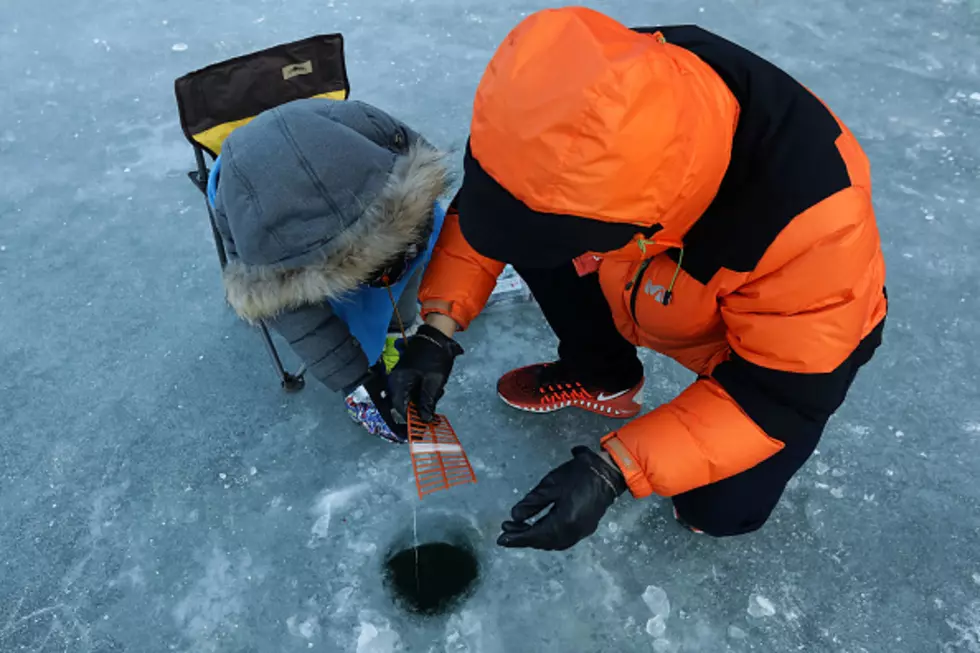
Are You Safe Out On The Ice?
Now is the time of year that true Berkshire County residents embrace the winter weather. While some of us whine about the cold, others make the best of it, whether that be skiing, snowshoeing or the ever popular ice fishing.
If you drive past Pontoosuc or take a walk down by Onota Lake, you'll surely catch a glimpse of some ice fishing enthusiasts braving the elements or the contestants of ice fishing derby battling it out on a Saturday or Sunday morning.
While the winter sport can be fun for all ages, like anything, it needs to be done safely. Heading out on the ice when conditions are not safe can be a dangerous situation for not only enthusiasts, but for the first responders answering calls involving water rescue. With weather and temperatures that have ranged from frigid to spring like warmth, the ice might not always be safe.
Deputy Fire Chief Daniel Garner of the Pittsfield Fire Department reminds people that there are no guarantees and ice should always be considered potentially dangerous. He listed some safety factors for anyone planning on heading out on a frozen body of water this winter.
The Massachusetts Division of Fisheries and Wildlife have released a list of tips and safety information that everyone should read before heading out on a frozen body of water. You can't judge ice conditions by appearance or thickness alone; many other factors like water depth, size of waterbody, water chemistry, currents, snow cover, age of ice, and local weather conditions impact ice strength.
| Ice Thickness (inches) | Permissible Load (on new clear/blue ice on lakes or ponds) |
| 2" or less | STAY OFF! |
| 4" | Ice fishing or other activities on foot |
| 5" | Snowmobile or ATV |
| 8"–12" | Car or small pickup truck |
| 12"–15" | Medium truck |
Falling through the ice
If you fall in:
- Don't panic: Call for help if there are people nearby.
- Don't remove winter clothing: Air trapped in your clothes can provide warmth and help you float.
- Turn the direction you came from: Ice you previously walked on should be the safest.
- Place your hands and arms on an unbroken surface and kick your legs: If you have ice picks or a pair of nails, use them to pull yourself up onto the ice while kicking.
- Lie flat and roll away: Once your torso is on firm ice, roll toward thicker ice to distribute your weight.
- Find shelter and get warm: Change out of wet clothing and find warm, dry coverings. If you are in a remote area, get to or start a campfire. Otherwise, get to a car or house. Seek medical advice from your physician on medical attention.
If someone else falls in:
Remember the phrase "Preach-Reach-Throw-Go."
- Preach: Call 911 if you can. Shout to the victim to reassure them help is on the way.
- Reach: If you can safely reach them from shore, extend an object like a rope, jumper cables, tree branch, or ladder to them.
- Throw: Toss one end of a rope or something that will float to the victim.
- Go: If the situation is too dangerous for you to perform a rescue, call 911 or go to find help. Untrained rescuers can become victims themselves.
More From WBEC FM









